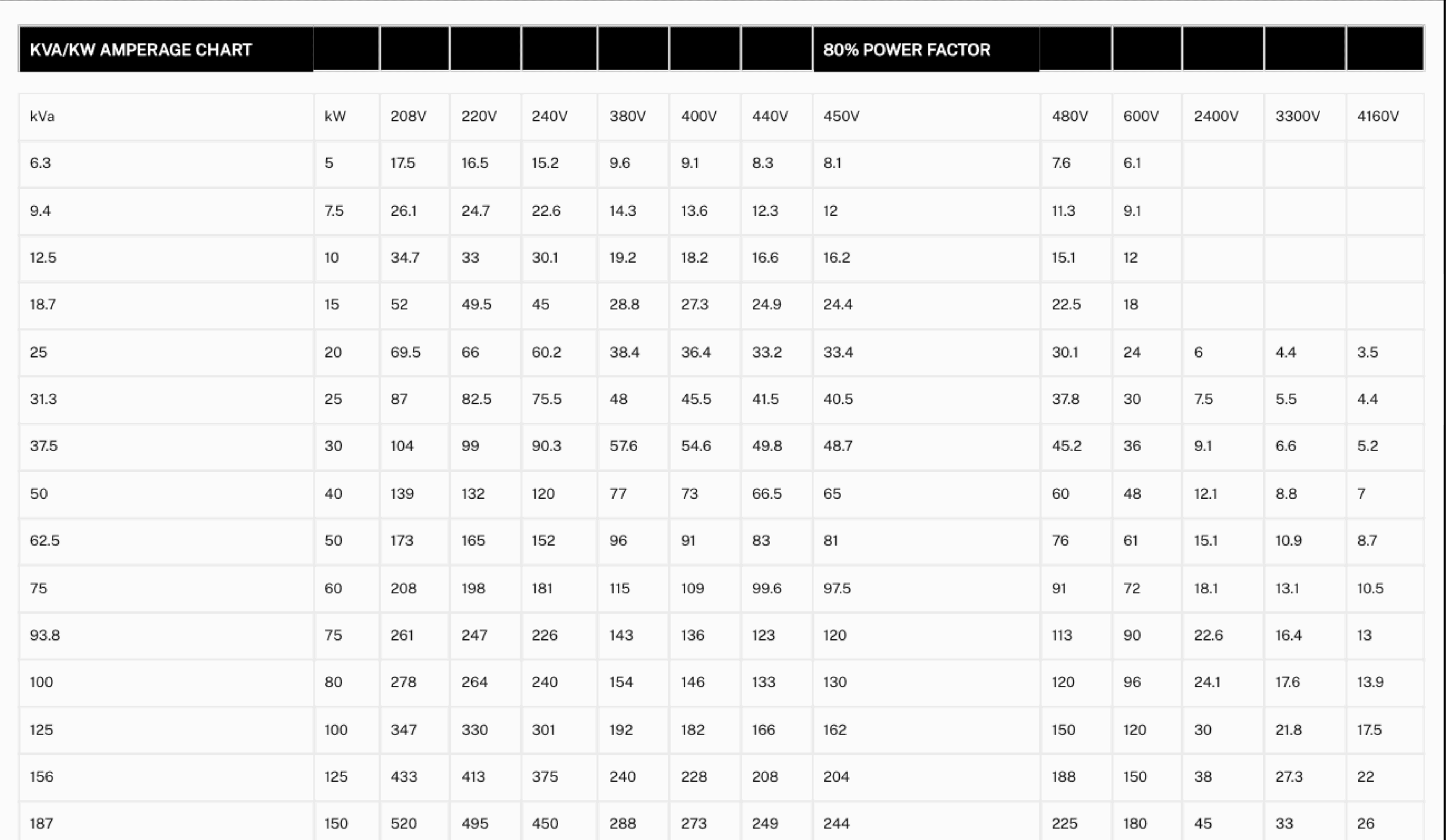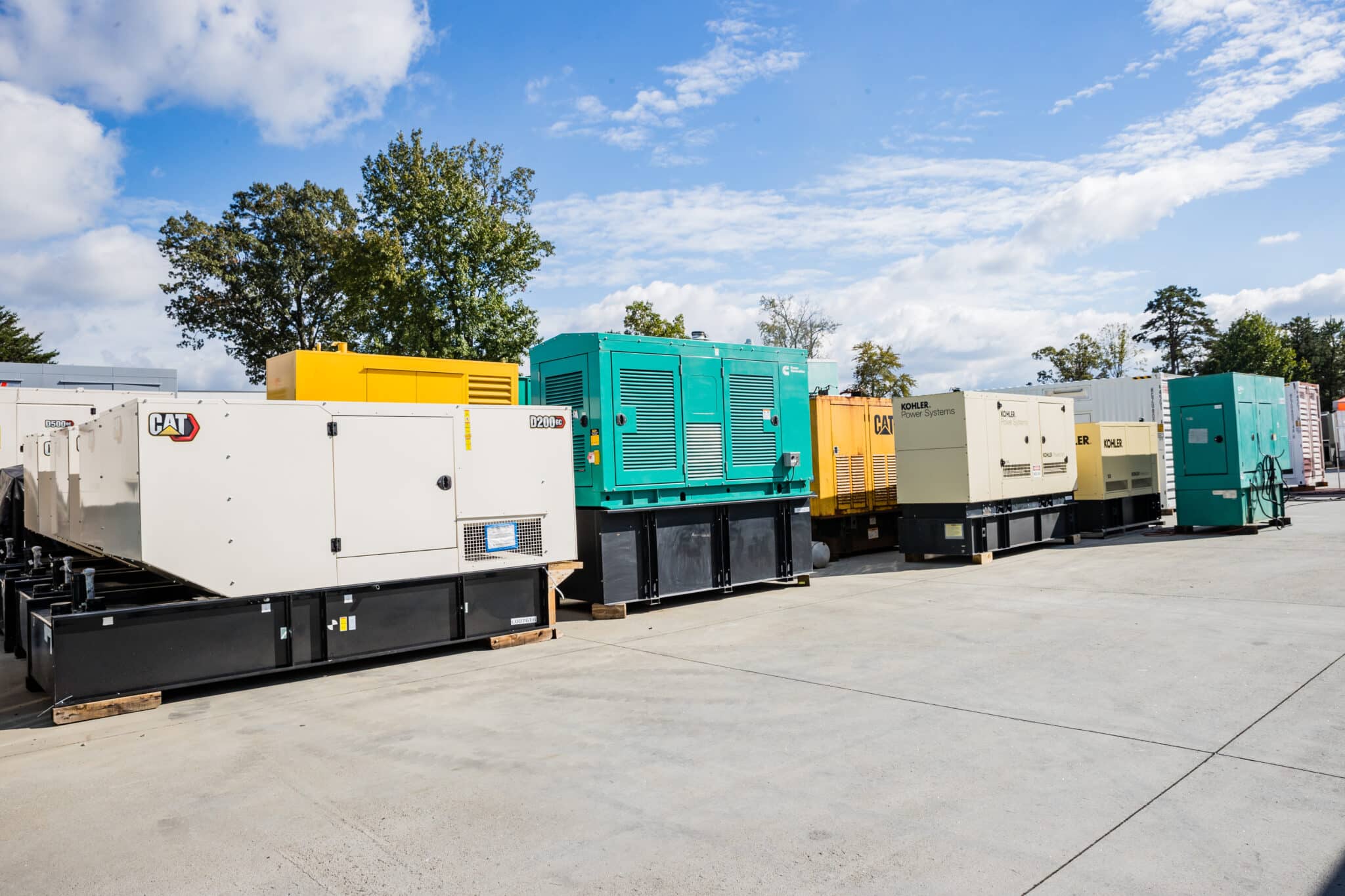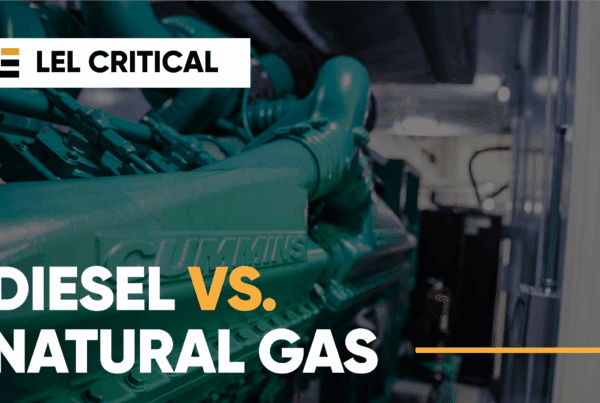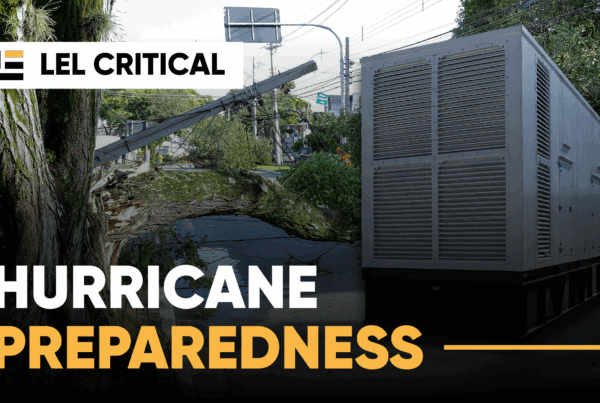
How to Use An Amperage Chart To Choose The Right Generator
When selecting the right generator for your facility, knowing how much power you need is critical. An amperage chart is one of the best tools to guide that decision. Understanding generator output in terms of amperage is key to making informed decisions about backup power systems.
What Is An Amperage Chart?
An amperage chart helps estimate the electrical output (in amps) a generator can deliver based on its rated power (in kilowatts or kilovolt-amperes) and the system voltage. Our chart at LEL Critical lists amperage outputs for a wide range of generator sizes, starting at 5 kW and scaling up to 4000 kW, across multiple voltages from 208V to 4160V.
This tool is especially useful because generator specifications often list output in kW or kVA, while electrical loads are typically measured in amps. Using the chart, you can quickly determine if a generator’s output will support the total load required by your facility.
Who Should Use This Chart?
Facility managers, engineers, electrical contractors, and anyone involved in planning or maintaining power infrastructure can benefit from this chart. It’s particularly helpful in the early stages of system design or when evaluating the adequacy of existing generator systems.
For example, if you know your facility requires 400 amps at 480V, the chart can help you determine the approximate generator size needed to meet that demand. This allows for more accurate planning and reduces the risk of under-sizing or over-sizing a generator, both of which can be costly mistakes.
How To Use The Amperage Chart
To use the amperage chart, follow these steps:
- Identify your required voltage. Choose the correct voltage column that matches your facility’s electrical system (e.g., 208V, 480V, 600V).
- Estimate your total load in kW or amps. If you have the total amps needed, find a kW value that aligns with that output in the proper voltage column.
- Locate the corresponding generator size. Use the chart to find the nearest kW/kVA rating that meets or exceeds your load requirement.
It’s important to note that the values in the chart are based on an 80% power factor, which is a common standard for general-purpose generators. However, actual performance may vary depending on the specific generator model, load characteristics, and environmental conditions. Always consult with a qualified professional or the generator manufacturer to confirm final sizing.
Why Generator Sizing Matters
Correctly sizing a generator is a safeguard for operational continuity. Undersized systems can lead to overloads and failures, while oversized systems can waste fuel and increase upfront costs. Using an amperage chart is a smart, efficient way to begin the sizing process with confidence.
Ready to find the right generator size? Explore the full chart here: Amperage Chart
Additional Safety And Compliance Resources
While the amperage chart is a helpful starting point, it’s also important to ensure your generator setup meets safety and regulatory standards. Resources like NFPA 110 and OSHA’s Using Portable Generators Safely fact sheet offer trusted guidance on emergency power systems and safe operation practices.

Your Source For Generator Solutions
At LEL Critical, we work with you to find the right power solution for your facility. Our inventory includes a wide range of new and used generators and gensets from trusted brands; each built for dependable performance and lasting durability.
Whether you’re installing a new system or upgrading an existing one, our team brings the expertise and support you need to make the right choice.
Need help choosing the right generator? Contact us to speak with a power systems expert today.






